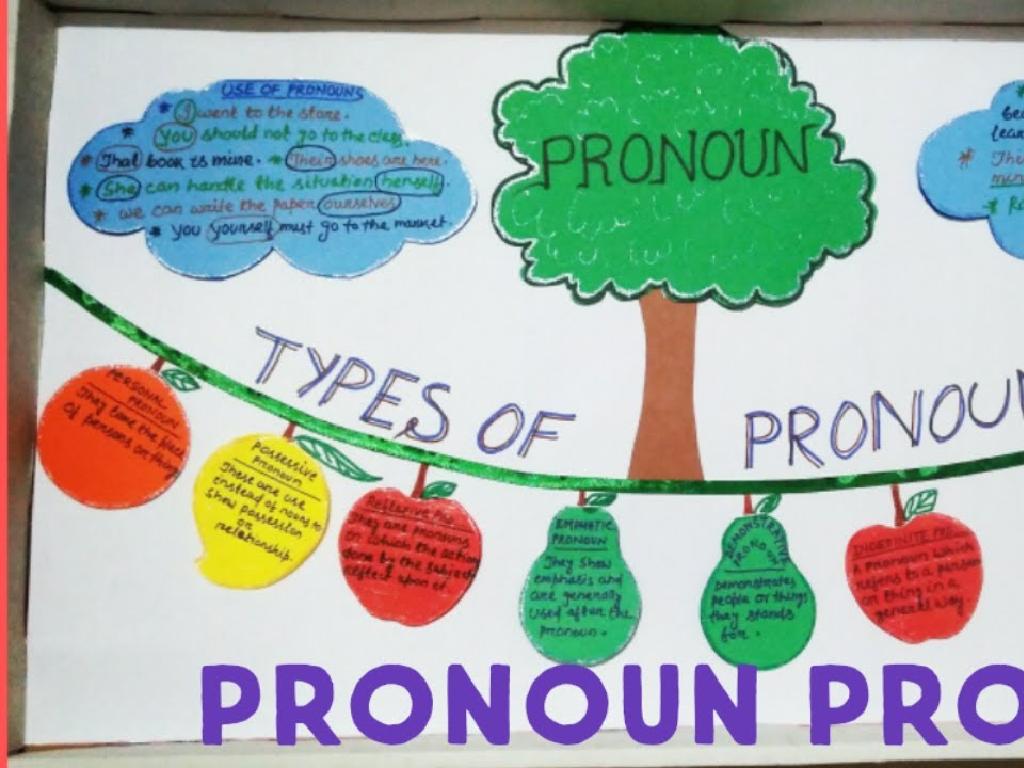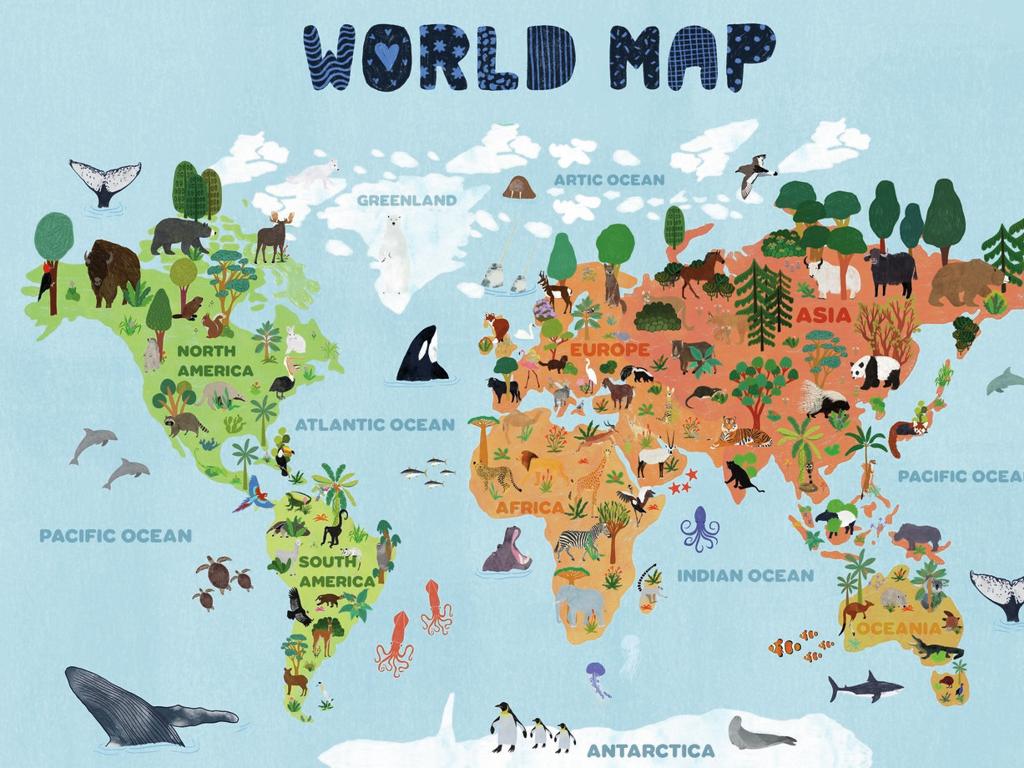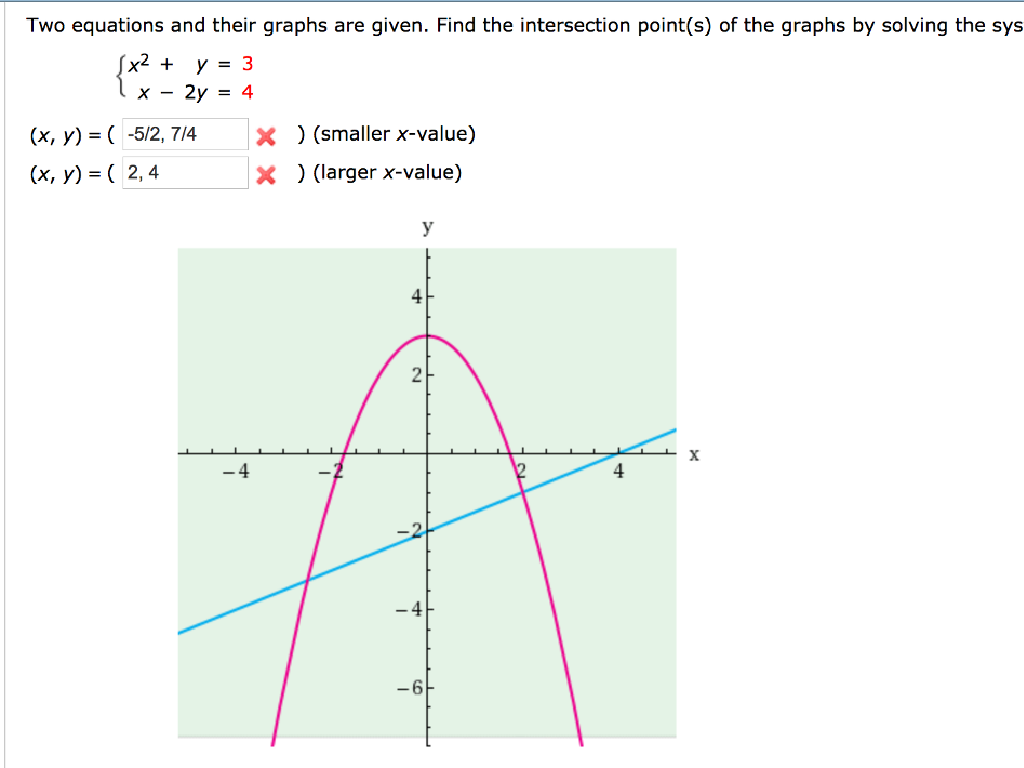Coin Values - Penny Through Quarter
Subject: Math
Grade: Kindergarten
Topic: Money
Please LOG IN to download the presentation. Access is available to registered users only.
View More Content
Welcome to Money Land!
– Learning about money
– Money buys needs and wants
– Different coins have different values
– Coins like pennies, nickels, dimes, and quarters each have a unique value.
– Recognizing pennies, nickels, dimes, and quarters
– A penny is 1 cent, a nickel is 5 cents, a dime is 10 cents, and a quarter is 25 cents.
|
This slide introduces the concept of money to Kindergarten students. Start by explaining that money is used to purchase things we need, like food and clothes, and things we want, like toys. Highlight that there are different types of coins, and each has its own value. Show real coins or pictures of a penny, nickel, dime, and quarter, and explain their values. Emphasize that recognizing each coin and knowing its value is important. You can bring some coins to class for a hands-on experience, where students can touch and see the differences between each type of coin.
Meet the Penny: Our Smallest Coin
– The penny is worth 1 cent
– It’s the smallest coin value
– Pennies are copper-colored
– Copper gives pennies their unique color
– Abraham Lincoln is on the penny
– Our 16th president’s face is on the penny
|
This slide introduces the penny to Kindergarten students as part of their learning about money and coin values. Emphasize that the penny is the smallest unit of money in the United States, worth just one cent. Show them a penny and point out its copper color, explaining that this is because of the material it’s made from. Highlight that Abraham Lincoln, an important historical figure and the 16th president of the U.S., is featured on the penny. Encourage the children to hold and examine a penny, and ask if they can recognize the face on it. This tactile and visual interaction will help them remember the penny’s characteristics and value.
Say Hello to the Nickel
– A nickel is worth 5 cents
– 5 pennies make 1 nickel
– If you have 5 pennies, you can trade them for 1 shiny nickel!
– Thomas Jefferson is on the nickel
– Look for the man on the nickel, that’s Thomas Jefferson!
– Recognizing nickels
– Practice picking out nickels from other coins
|
This slide introduces kindergarteners to the concept of the nickel. Start by showing them a nickel and explaining that it is worth 5 cents, which is the same as five pennies. Show them 5 pennies and how they can be exchanged for a single nickel to help them understand the value. Point out the picture of Thomas Jefferson on the nickel to help them identify the coin. Encourage the children to bring in nickels and practice recognizing and counting them. You can also play a game where they have to find nickels among a pile of different coins, which will help them become more familiar with the nickel and its value.
Discover the Dime
– A dime equals 10 cents
– Two nickels make one dime
– If you have 2 nickels, you have a dime!
– Dimes are the smallest coins
– Even though it’s small, it’s worth a lot!
– Dime has Roosevelt’s portrait
– Franklin D. Roosevelt is on the dime.
|
This slide is aimed at helping Kindergarten students understand the value of a dime in relation to other coins, specifically nickels. Start by showing them a dime and explaining that it is worth 10 cents. Use visual aids to compare two nickels with one dime to illustrate that they have the same value. Highlight the size of the dime as the smallest coin, which can be a fun fact for the kids to remember. Show them the portrait of Franklin D. Roosevelt on the dime and explain who he was. Encourage the students to handle dimes to become familiar with their size and feel. You can also introduce a simple activity where students can try to stack dimes, count them, or exchange nickels for dimes to reinforce the concept.
The Quarter Quest
– A quarter equals 25 cents
– That’s like 25 pennies!
– Make a quarter with nickels and dimes
– 5 nickels or 2 dimes and 1 nickel make 25 cents
– George Washington is on the quarter
– He was the first U.S. president
|
This slide introduces kindergarteners to the value of a quarter in a fun and interactive way. Start by showing them a quarter and explaining that it is worth 25 cents, which is the same as 25 pennies. This helps them understand the concept of equivalent values. Then, use real coins to demonstrate how 5 nickels or 2 dimes and a nickel can be combined to make a quarter. Point out George Washington’s face on the quarter and share a fun fact about him being the first president of the United States. Encourage the children to bring in quarters from home to explore and identify George Washington. This tactile experience will help solidify their understanding of coin values and the significance of the quarter.
Coin Comparison: Learning Coin Values
– Observe different coins together
– Recognize each coin by name
– Penny, Nickel, Dime, and Quarter
– Compare size, color, and faces
– Pennies are copper, others are silver. Sizes vary smallest (dime) to largest (quarter).
– Understand coin values
– A penny is 1 cent, nickel is 5 cents, dime is 10 cents, and a quarter is 25 cents.
|
This slide is aimed at helping Kindergarten students identify and compare the four most commonly used coins: the penny, nickel, dime, and quarter. Start by showing the coins and asking the children if they can name each one. Discuss the physical characteristics of each coin, such as color and size, and the historical figures depicted on them. Explain the value of each coin, reinforcing the concept that money is used to buy things and that each coin has a different worth. Use real coins for a hands-on experience, and consider bringing magnifying glasses to help students see the details. Encourage the children to share any prior knowledge or experiences they have with using coins.
Let’s Practice Counting Coins!
– Counting coins together
– Pennies to nickels
– 5 pennies are needed to make a nickel
– Making a quarter
– Use nickels, dimes, and pennies to form a quarter
– Fun with coin combinations
– Mix different coins to see what you get!
|
This slide is designed to engage Kindergarten students in a practical counting exercise with coins. Start by counting coins as a group to help them understand the value of each coin. Explain that a nickel is worth 5 pennies and ask them to count out 5 pennies to make a nickel. Then, challenge them to use a combination of nickels, dimes, and pennies to make a quarter. Encourage them to explore different combinations of coins that add up to the same value. This activity will help them grasp the concept of coin values and how they can be used together to make larger amounts. Provide real or play coins for a hands-on experience, and supervise the activity to ensure a safe and educational environment.
Coin Matching Game
– Match coins to their values
– Compare coin sizes
– Is a quarter bigger than a penny?
– Interactive game to learn
– A fun activity to reinforce learning
– Remember coin characteristics
– Focus on color, size, and value
|
This slide introduces a hands-on activity for Kindergarten students to reinforce their understanding of coin values and characteristics. The Coin Matching Game will help students visually and tactilely differentiate between pennies, nickels, dimes, and quarters by matching them to their corresponding values. Encourage the students to observe and discuss the size differences among the coins, asking guided questions like ‘Which coin is the biggest?’ and ‘Which is the smallest?’ This interactive approach aims to solidify their knowledge through play. Prepare a set of real or play coins and value cards for the activity. Possible variations of the game could include sorting coins by size, color, or value, and using worksheets with coin silhouettes where students can place the correct coin.
Class Activity: Coin Creations
– Use coin cutouts for crafting
– Make different money amounts
– Find ways to make 25 cents
– Combine pennies, nickels, dimes, and quarters
– Show and tell with friends
– Share your coin combinations with the class
|
This activity is designed to help Kindergarten students understand the concept of money, specifically the values of coins like pennies, nickels, dimes, and quarters. Provide each student with cutouts of these coins. Encourage them to use these cutouts to create different combinations of coins that add up to 25 cents. This hands-on activity will help them grasp the value of each coin and how they can be used together to make larger amounts. Possible variations of the activity could include: using real coins under supervision, creating a coin collage on paper, or a matching game where students match coin combinations to written amounts. Ensure that each student gets a chance to explain their method to the class, fostering communication and presentation skills.
Goodbye and Remember: Coin Values
– Great job learning coins!
– Every coin is unique
– A penny is not just a penny, it’s 1 cent!
– Practice with piggy bank
– Sort coins into your piggy bank and count
– Show and tell next class
– Bring some coins to share their values
|
As we wrap up today’s lesson on coin values, reinforce the children’s learning by praising their efforts. Remind them that each coin has its own value and characteristics, such as size, color, and worth. Encourage them to continue practicing at home by using a piggy bank to sort and count coins. This hands-on activity will help solidify their understanding of each coin’s value. Prepare for the next class by planning a show and tell activity where students can bring in coins and discuss what they’ve learned about their values. This will not only review the lesson but also boost their speaking and social skills.






